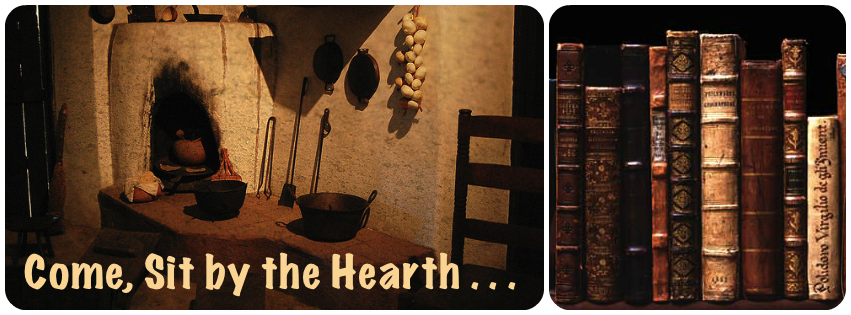-

Persona Poetica
- See more at: http://comesitbythehearth.blogspot.com/#sthash.Y74pTq4d.dpufBooks, Reading & WritingPersona Poetica
- See more at: http://comesitbythehearth.blogspot.com/#sthash.Y74pTq4d.dpu
* Book Blogger Directory
* Books Should Be Free (audio books)- * Inkygirl
-

GO for POETRY!
Reading & Education
- ABFFE
- American Library Association
- Council for Exceptional Children
- International Reading Association
- Khan Academy
- NCTE
- New Teacher Support
- Project Gutenberg
- Teacher Magazine
- The Book Whisperer
- The Library of Congress
- The Educator's Room
- World Wide School Library
Misc.
* SUICIDE PREVENTION HOTLINE
* The Book Club Cookbook
* The Church of the Flying Spaghetti Monster
* Thomas Jefferson on Education
* UFYH - just might be useful
* The Virtual Advent Tour
* The Skeptic's Annotated Bible
* Still Tasty: Your Ultimate Shelf Life Guide
* A Simple Guide For Contacting Your Local Lawmakers (And What To Say To Them)
A.T.
 Assistive Technology and Learning Disabilities
Assistive Technology and Learning Disabilities- 4Teachers: Teach with Technology
- AT for Kids With Learning Disabilities
- Disabled World
- Free Resources for (Special) Education
- Glenda's A. T. Information and More
- LD Online
- The VisionHelp Blog
- Using AT to Support Writing
Assorted Assistive Technology Links
- ATMac - AT for Apple and Mac Users
- DO-IT Disabilities
- Free Accessable media player
- Free AT Tools to Support Reading
- Magnifying Glass Pro
- PulsePen by Livescribe
- Some Low-Tech Assists
- Tammy's Technology Tips for Teachers
SOME IMPORTANT DEFINITIONS:
What is Assistive Technology?
Assistive technology was defined in the ASSISTANCE FOR INDIVIDUALS WITH DISABILITIES ACT OF 1988, as amended in 1994 as: "any item, piece of equipment, or product system, whether acquired commercially off the shelf, modified, or customized, that is used to increase, maintain, or improve functional capabilities of individuals with disabilities" (Section 3.2).
When should it be considered in an individual's IEP?Assistive Technology should be considered in a student’s IEP when the student requires an assistive technology tool to accomplish educationally relevant tasks and/or to accomplish IEP goals and objectives.
What is Universal Design for Learning?The Individuals with Disabilities Education Act (IDEA 2004) refers to the definition of Universal Design that was used in the Assistive Technology Act of 1998 like this: "The term 'universal design' means a concept or philosophy for designing and delivering products and services that are usable by people with the widest range of functional capabilities, which include products and services that are directly accessible (without requiring assistive technologies) and products and services that are made usable with assistive technologies." (Section 3 of the Assistive Technology Act of 1998).Universal Design for Learning, or UDL, as applied to learning environments, is defined as a " …flexible curriculum and learning environment that allows students with widely varying abilities and backgrounds the opportunity to access the general curriculum and achieve the academic content standards that have been established for all students…" (Bremmer et al., 2002) "These alternatives are built into the instructional design and operating systems of educational materials – they are not added on after-the-fact." (ERIC-OSEP, 1999)· Multiple means of presentation of information to students (e.g., digital text, audio, video, still photos, images, and all in captions as appropriate).· Multiple means of expression by students (e.g., writing, speaking, drawing, video-recording, assistive technology).· Multiple means of engagement for students (e.g., choice of tools, adjustable levels of challenge, cognitive supports, novelty or varied grouping)." (Bremmer et al., 2002)More information on UDL and the classroom:* NCSET
Useful Stuff
Subscribe to:
Comments (Atom)
